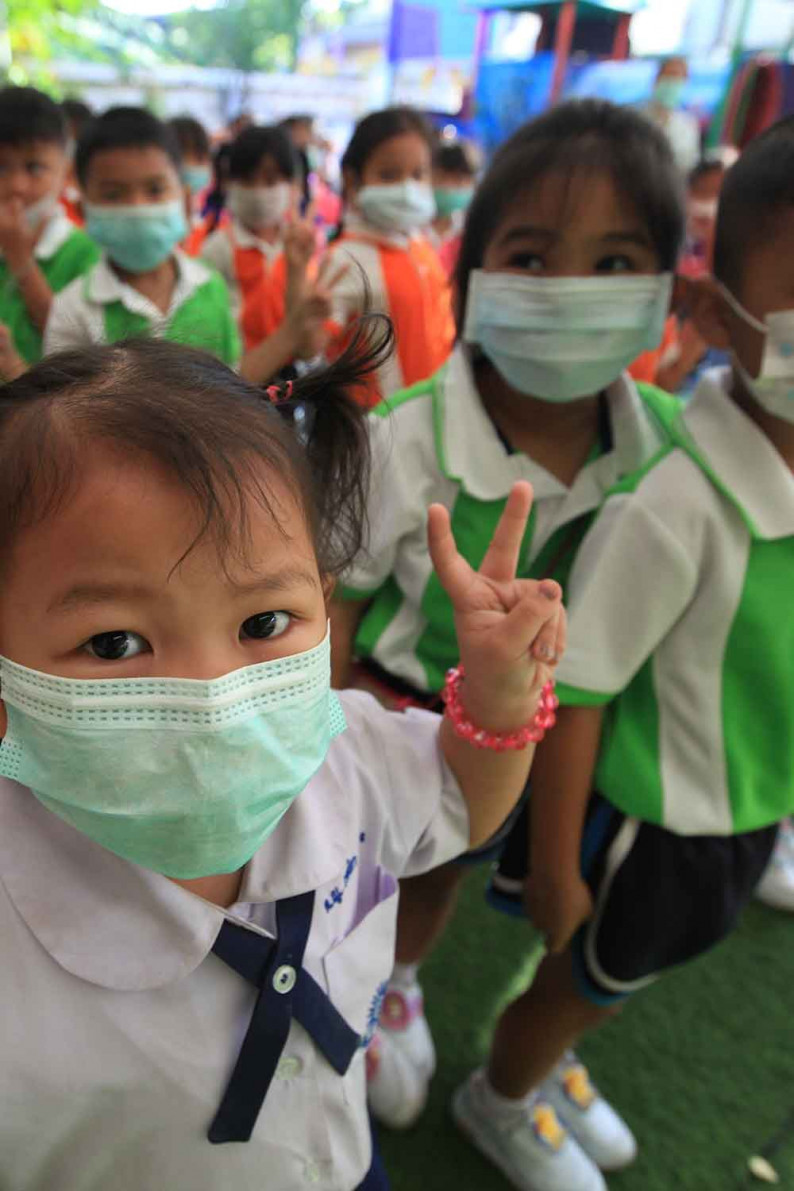
In just the first few months of the Covid-19 pandemic, 90% of World Heritage sites were closed. Similarly, a global survey showed that 90% of museums were shut down, with 10% unlikely to ever open their doors again. Many other cultural tourism destinations have seen major declines in visitor numbers.
So far, many cultural sites and museums in this region have managed to weather the crisis as they mainly rely on government funding. However, the surrounding local economies are heavily dependent on tourism revenues, so local businesses and entrepreneurs have been hard hit by the economic devastation caused by the shutdowns. As the pandemic fallout continues to drag on, local communities and heritage places will suffer, with budget cuts, loss of jobs, and increased risk of looting and other crimes.
During a recent discussion on challenges and opportunities for the cultural heritage sector in Thailand, organised by Unesco, the Creative Economy Agency and the Fine Arts Department, speakers from across the country voiced concerns about the future of heritage sites and institutions. Managing economic impacts was the main issue in the short term.
"I'm a local guide," said Gob Narongchai To-in, head of the Sukhothai Cultural Heritage Specialist Guides Association. "If I'm hungry, I can always go dig up some bamboo shoots nearby. But what about the national guides who bring tourists all around the country? What will they do to survive?"
In the short term, panellists urged the government to ramp up support for cultural heritage sites, institutions and related businesses, to ensure they will survive the disruption until tourism numbers pick up again. With governments around the world bailing out strategic areas of economic productivity, tourism in Thailand could be considered one of those industries that are "too big to fail".
Efforts to diversify from the classic "sun-sand-sea" destinations into cultural and eco-tourism in recent years have increased the vulnerability of cultural sites and institutions that have been turned into tourism destinations. In many places, tourism has become the primary breadwinner, supplanting other local industries and livelihoods. Promoting domestic tourism could be an interim solution to bring in much-needed cash flow.
In the medium and long term, however, it is important to use this crisis to pivot to new opportunities. Enhancing the resilience of cultural heritage sites, institutions, and local economies and communities will be key to ensuring long-term sustainability in the case of protracted fallout from Covid-19 or from other crises in the future. Hattaya Siripattanakun, conservation specialist at the Regional Centre for Archaeology and Fine Arts, part of the Southeast Asian Ministers of Education Organization (SEAMEO-SPAFA), pointed out the cultural heritage community had already been increasingly worried about disaster risk management, but the risks posed by the pandemic were not anticipated nor were addressed in Thailand's national policy related to cultural heritage.
Many museums and heritage sites around the world have turned to digital and online channels to allow audiences and users to continue learning from cultural heritage collections and places. Museums have ramped up their online presence, offering virtual tours.
Thanphuying Sirikitiya Jensen, a historian working with the Fine Arts Department, said the department had been active in providing online access with virtual exhibitions of museum holdings and 3-D tours of historic parks around Thailand. She added that digital access broke down barriers and improved communication and exchange between experts and the general public, a welcome new way for people to interface with culture and heritage.
One of the keys to making digital experiences attractive is to provide content that is not accessible to onsite visitors. Specialists convened by Unesco and the International Information and Networking Centre for Intangible Cultural Heritage in the Asia-Pacific Region suggested that online experiences could allow visitors to examine fragile manuscripts that cannot be displayed in person, but can be digitised for the web; to peek inside artefacts such as mummies; or to take behind-the-scenes tours. However, new ways to monetise digital access are still needed, to ensure that streams of revenue are generated to keep cultural heritage institutions and related crafts and cultural industry communities afloat.
At a deeper level, Thanphuying Sirikitiya and Sukumal Phadungsilp, deputy director of Museum Siam, emphasised the importance of treating cultural heritage not just as economic assets, but also as both knowledge resources and innovative drivers of sustainable growth.
Beyond just packaging cultural heritage as products for consumption for the tourism industry, local communities, entrepreneurs and the state should see new value in cultural heritage. Social enterprises are already helping local communities deprived of tourism income to market and sell local foodstuffs and products nationwide to customers stuck at home during the lockdown.
In the longer run, though, the Covid-19 crisis will force local communities and authorities to reckon whether the tourism-dependent path they have been treading is the most resilient solution. New partnerships will be needed to help local communities achieve self-sufficiency through diversified income streams that make use of cultural resources, which would include both outward-looking and hyper-local activities. Digital transformations and technology will enable local cultural content providers to embrace both online as well as conventional means of connecting with audiences and creating new value propositions.
For this pivot to occur, support is needed in terms of policy, funding and knowhow. The state, the private sector and people in the community need to invest in innovations in the cultural heritage sector to solve problems arising from Covid-19, which mostly reflect longstanding structural challenges. Unesco is working with the Creative Economy Agency and the National Innovation Agency to realise new solutions for the future. To simply return to the same old models of cultural tourism -- everything the same as before, but with masks -- would be an unfortunate waste of a crisis.
Montira Unakul is a Culture Programme Officer at Unesco Bangkok.
